Tibet, often referred to as the "Roof of the World," is a land of breathtaking landscapes, ancient monasteries, and a rich cultural heritage. Festivals in Tibet are an integral part of the region's cultural fabric, showcasing its unique blend of spirituality, customs, and traditions. These celebrations bring together Tibetan communities to honor their deities, commemorate important historical events, and mark significant milestones in their lives.
Tibetan festivals are characterized by vibrant colors, traditional music, captivating dances, and an array of rituals that highlight the region's deeply ingrained Buddhist beliefs. From the lively Losar, the Tibetan New Year, to the revenant Saga Dawa Festival, honoring the life of Buddha, each event provides a fascinating glimpse into the lives and values of the Tibetan people.
As you explore these celebrations, you'll not only witness the beauty and artistry of Tibetan culture but also gain a deeper understanding of the region's complex history and the resilience of its people in the face of adversity. Festivals in Tibet provide a rare opportunity for travelers to experience the region's spirituality and hospitality firsthand, allowing for a more immersive and authentic travel experience.
In this blog, we will delve into the most prominent festivals of Tibet, discussing their history, significance, and customs. By learning about these unique celebrations, we hope to provide you with a greater appreciation for Tibet's rich cultural heritage and inspire you to witness these incredible events for yourself.
The role of Festivals on Tibetan tourism
Festivals play a significant role in promoting and enhancing Tibetan tourism, attracting visitors from around the world to experience the region's rich cultural and religious heritage. The impact of festivals on Tibetan tourism can be observed in various aspects:
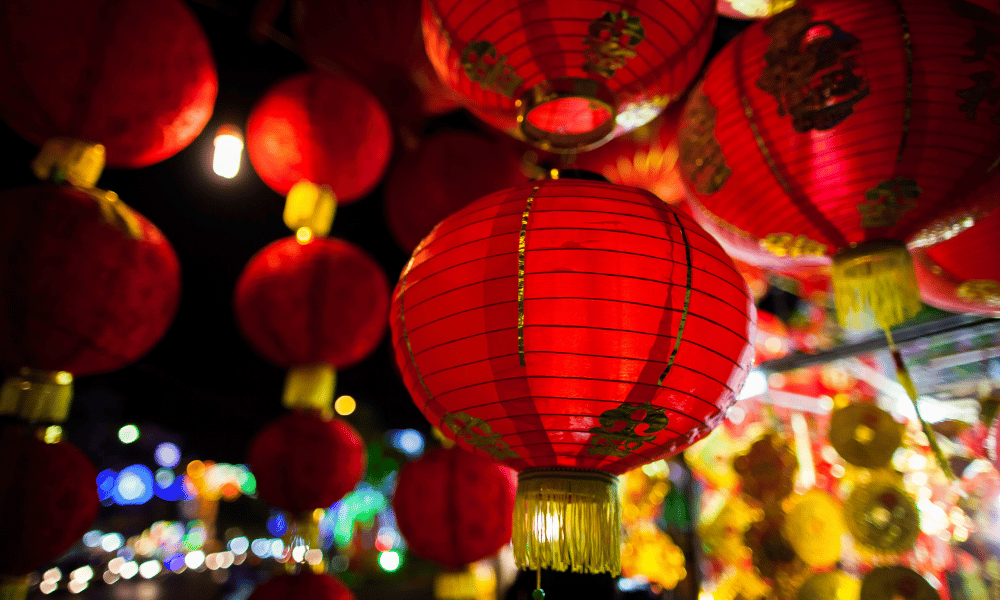
-
Cultural Attraction: Festivals showcase Tibet's unique culture, customs, and traditions, making them a major attraction for tourists interested in learning about and experiencing the region's vibrant heritage. Visitors can witness a wide array of events, such as traditional music and dance performances, horse racing, and religious ceremonies.
-
Spiritual Tourism: Many Tibetan festivals hold deep religious significance and provide tourists with opportunities to engage in spiritual experiences. Pilgrims and spiritual seekers are drawn to these events to partake in prayers, rituals, and teachings, as well as to visit sacred sites and monasteries.
-
Educational Opportunities: Festivals in Tibet offer valuable learning experiences for visitors, who can gain insights into the region's history, religion, and way of life. By attending these events, tourists can deepen their understanding of Tibetan culture and interact with the local people, fostering a sense of connection and respect for the region.
-
Boosting the Local Economy: Festivals contribute to the local economy by attracting tourists who spend money on accommodations, transportation, food, and souvenirs. This increased economic activity supports local businesses, artisans, and service providers, contributing to the overall development of the region.
-
Promoting Sustainable Tourism: As the Tibetan government and local communities become more aware of the potential negative impacts of mass tourism, efforts are being made to promote sustainable and responsible tourism practices during festivals. By emphasizing the importance of preserving the environment, respecting local customs, and supporting local communities, these initiatives aim to ensure that tourism remains a positive force in the region.
-
International Exposure: Festivals in Tibet have garnered international attention, drawing visitors from all corners of the globe. This global interest helps raise awareness of Tibet's unique cultural and natural assets, leading to increased tourism and fostering greater understanding and appreciation for the region's heritage.
Festivals play a vital role in promoting Tibetan tourism by showcasing the region's rich cultural and religious traditions, attracting visitors from around the world, and providing economic benefits to local communities. By encouraging sustainable and responsible tourism practices, Tibet can ensure that its festivals continue to serve as a positive force for both its people and the environment.
List of the Festivals in Tibet
|
S.N |
Festival Name |
|
1. |
Losar |
|
2. |
Saga Dawa Festival |
|
3. |
Shoton Festival |
|
4. |
Tashilhunpo Festival |
|
5. |
Harvest Festivals |
|
6. |
Horse Racing Festivals |
Losar: Tibetan New Year
Losar, the Tibetan New Year, is one of the most important and widely celebrated festivals in Tibet. The word 'Losar' is derived from two Tibetan words: 'Lo' meaning 'year' and 'sar' meaning 'new'. The festival usually falls between January and March, depending on the lunar calendar. It marks the beginning of a new year and is a time of renewal, purification, and hope. Losar has its roots in the pre-Buddhist Bon religion but has since evolved to incorporate Buddhist elements and traditions.
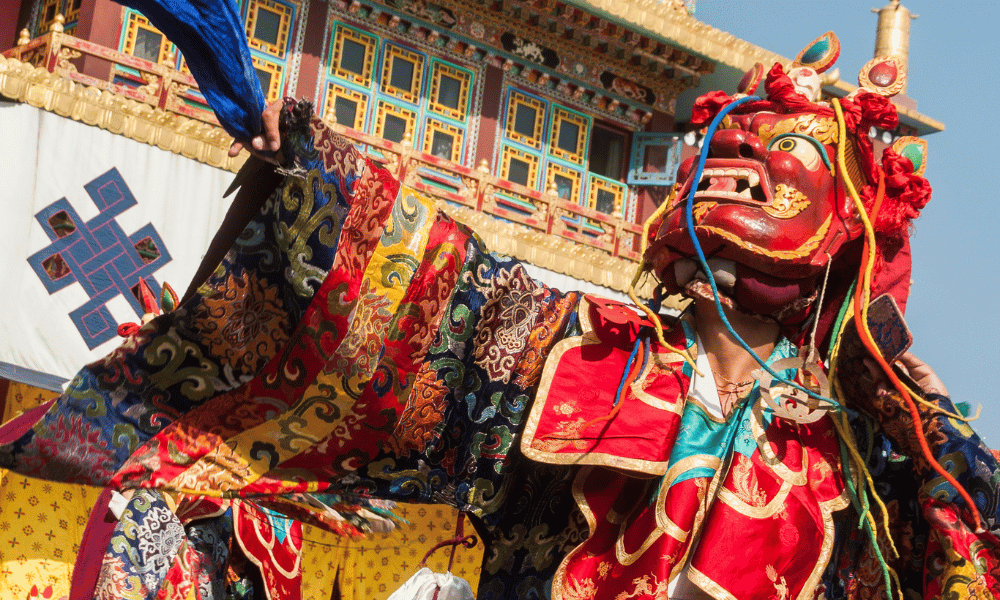
Customs and Traditions
The celebration of Losar spans over three days and includes a variety of customs and rituals:
-
Pre-Losar preparations: In the days leading up to Losar, Tibetan families thoroughly clean their homes to remove any negative energy and make way for positivity in the new year. They also create intricate designs called 'chemar' with colored flour and grains, symbolizing prosperity and abundance.
-
The first day of Losar: On the first day, called 'Lama Losar,' Tibetans pay homage to their spiritual teachers and deities. Offerings such as butter lamps, incense, and food are made at home and in monasteries. Many people also visit local monasteries to receive blessings from the monks.
-
The second day of Losar: Known as 'Gyalpo Losar,' the second day is dedicated to the celebration of secular authorities, including the Tibetan government-in-exile. On this day, families gather to enjoy feasts, exchange gifts, and perform traditional dances.
-
The third day of Losar: The final day, called 'Choe-Kyong Losar,' is dedicated to the protector deities. Tibetans visit shrines and temples to make offerings and participate in religious ceremonies.
Food and Drink
Food and drink play a significant role in Losar celebrations. Traditional dishes such as 'guthuk', a noodle soup with nine ingredients, and 'khapse', a fried pastry, are prepared and enjoyed by families during the festivities. A traditional barley wine called 'chang' is also consumed in abundance, signifying joy and togetherness.
Tips for Visitors
-
Plan your trip accordingly: Since Losar falls on different dates each year, make sure to check the lunar calendar and plan your visit to coincide with the celebrations.
-
Respect local customs: When attending Losar festivities, be respectful of local customs and traditions. Wear modest clothing, follow local etiquette, and ask for permission before taking photographs.
-
Participate in the festivities: Engage with the local community by joining in the celebrations, tasting traditional foods, and learning about the customs and rituals of Losar.
-
Hire a local guide: To fully appreciate the history and cultural significance of Losar, consider hiring a local guide who can provide valuable insights and help you navigate the festivities.
By understanding the history, customs, and significance of Losar, you can fully appreciate the beauty and importance of this vibrant festival, while gaining a deeper understanding of Tibetan culture and spirituality.
Saga Dawa Festival: Celebrating Buddha's Life
Saga Dawa is a month-long festival celebrated in Tibet, typically falling between May and June, depending on the lunar calendar. It is considered the most sacred month in Tibetan Buddhism, as it commemorates the birth, enlightenment, and parinirvana (death) of Gautama Buddha. The holiest day of the month, Saga Dawa Düchen, marks the full moon day and is believed to be when Buddha's actions are multiplied millions of times, making it an auspicious time for spiritual practice and merit accumulation.
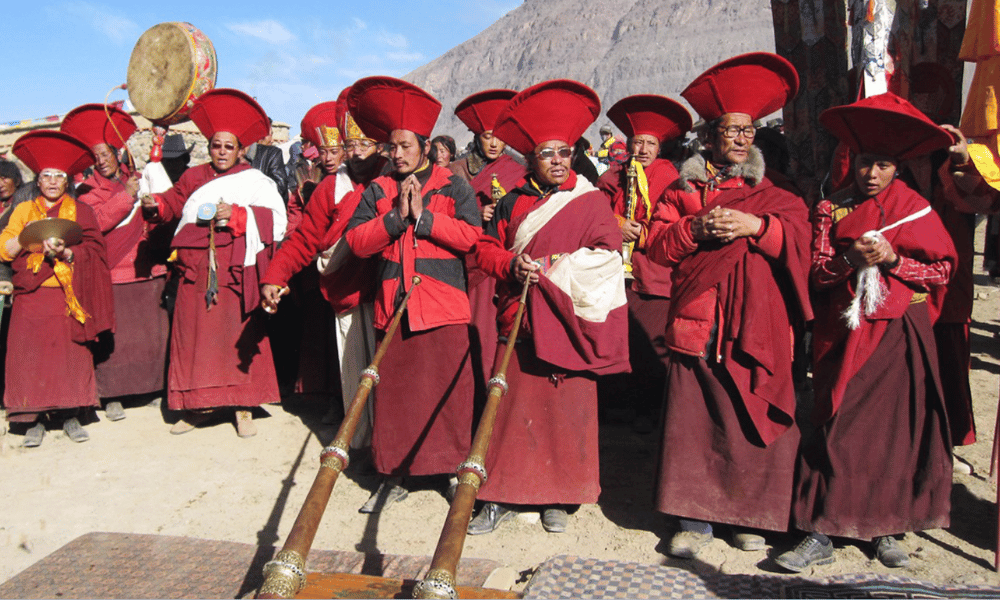
Rituals and Practices
During Saga Dawa, Tibetans engage in various religious activities and rituals:
-
Acts of generosity: Many Tibetans practice dana (generosity) by giving alms to the poor, offering food to monks, and releasing captive animals as a symbol of compassion and non-harming.
-
Prayer and meditation: Tibetans devote significant time to prayers, meditation, and recitation of sacred texts throughout the month. Monasteries and temples hold special prayer sessions and teachings.
-
Lighting butter lamps: Devotees light butter lamps in temples and homes, symbolizing the dispelling of darkness and ignorance, and the illumination of wisdom.
-
Raising prayer flags: Tibetans raise new prayer flags, replacing old ones, during Saga Dawa to spread blessings and positive energy.
Pilgrimages and Circumambulations
Pilgrimages to sacred sites are an essential part of Saga Dawa. Devotees undertake pilgrimages to holy places like Mount Kailash, considered the abode of Lord Shiva, and Lake Mansarovar, believed to be created by Buddha's mind. Circumambulation, or kora, is another vital practice during the festival, where pilgrims walk clockwise around sacred sites, monasteries, and temples, often while reciting mantras and spinning prayer wheels.
Environmental Impact and Responsible Tourism
As tourism increases during Saga Dawa, it is crucial to minimize the environmental impact and respect local customs:
-
Leave no trace: Dispose of waste properly and avoid littering in sacred places. Use reusable water bottles and bags to minimize plastic waste.
-
Respect cultural practices: Be mindful of local customs, dress modestly, and follow etiquette, especially in monasteries and temples.
-
Support local communities: Opt for locally-owned accommodations, hire local guides, and purchase from local artisans to contribute to the local economy.
-
Choose responsible tour operators: Select tour operators with a commitment to sustainable and responsible tourism practices.
By participating in Saga Dawa mindfully and respectfully, you can experience the spiritual essence of this sacred month while minimizing the negative impact on the environment and local communities.
Shoton Festival: The Yogurt Banquet
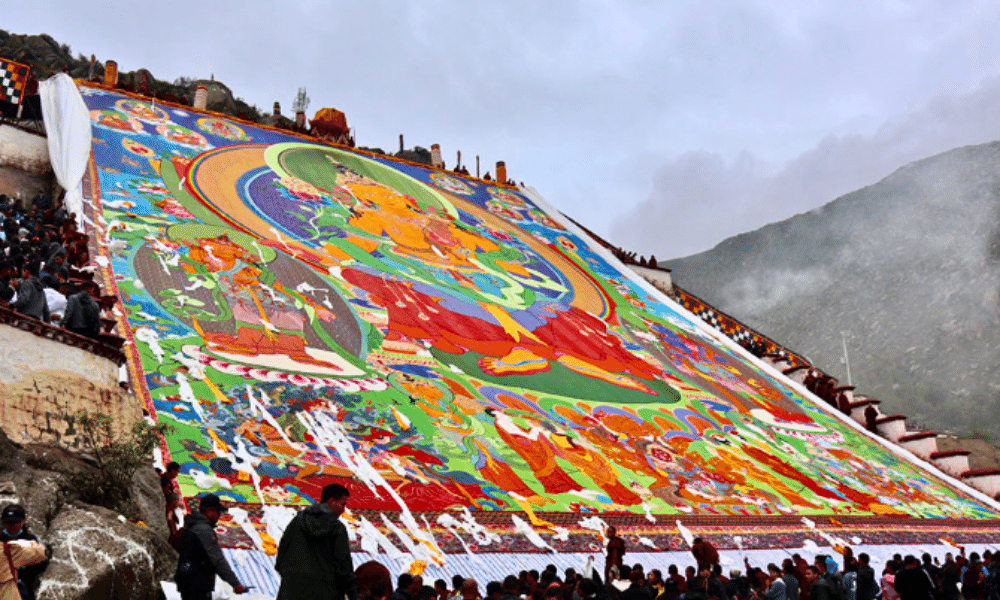
The Shoton Festival, also known as the Yogurt Banquet, is an annual event celebrated in Tibet, usually around August. The festival's origins date back to the 11th century when it was primarily a religious event. During the summer months, Buddhist monks would retreat to their monasteries to avoid stepping on insects and causing harm, in accordance with Buddhist teachings. At the end of the retreat, the local community would offer yogurt to the monks as a gesture of gratitude and sustenance. Over time, the festival evolved to incorporate cultural elements such as opera and music performances.
Highlights: Tibetan Opera and Buddha Unveiling
-
Tibetan Opera: The Shoton Festival features vibrant performances of traditional Tibetan opera known as Lhamo or Ache Lhamo. These performances narrate ancient folktales and historical events, often with a blend of drama, music, dance, and vivid costumes. The operas can last for several hours or even days, with troupes from different regions showcasing their unique styles.
-
Buddha Unveiling: Another highlight of the Shoton Festival is the unveiling of a massive thangka (Buddhist painting) at Drepung Monastery. This thangka, which depicts Sakyamuni Buddha, is displayed on a hillside, and thousands of devotees gather to pay their respects and seek blessings. The ceremony is marked by chanting, incense offerings, and prostrations.
Attending the Festival
-
Plan your visit: The Shoton Festival typically occurs in August, but dates may vary based on the Tibetan lunar calendar. Be sure to plan your visit accordingly and book accommodations in advance, as the festival attracts numerous tourists.
-
Choose the right location: The main festivities take place in Lhasa, particularly at the Norbulingka Palace, Drepung Monastery, and other locations throughout the city. Make sure to research the festival's schedule to attend the various events.
-
Dress appropriately: Wear modest clothing and comfortable shoes, as you will likely be walking and standing for extended periods.
-
Hire a local guide: To gain a deeper understanding of the Shoton Festival's cultural and historical significance, consider hiring a local guide who can provide valuable insights and information.
Photography Etiquette
-
Be respectful: Always ask for permission before taking photographs of people, especially during religious ceremonies or inside monasteries.
-
Be mindful of your surroundings: Avoid obstructing the view of others, particularly during the Buddha unveiling ceremony or performances.
-
Follow local guidelines: Some monasteries and temples may have restrictions on photography. Be sure to follow the rules and respect the sanctity of these spaces.
By understanding the origins, highlights, and cultural significance of the Shoton Festival, you can fully appreciate this unique event and engage in a memorable and immersive experience of Tibetan culture.
Tashilhunpo Festival: Honoring Guru Rinpoche
The Tashilhunpo Festival, also known as Tashilhunpo Thangka Festival, takes place at the Tashilhunpo Monastery in Shigatse, Tibet. The festival honors Guru Rinpoche, also known as Padmasambhava, an 8th-century Indian Buddhist master who played a crucial role in the spread of Buddhism in Tibet. The Tashilhunpo Monastery, founded in 1447 by the first Dalai Lama, is one of the largest and most historically significant monasteries in Tibet. The festival usually occurs in June or July, depending on the Tibetan lunar calendar.
The Thangka Display
A central feature of the Tashilhunpo Festival is the grand display of a gigantic thangka (a religious painting on silk or cotton). This thangka, which portrays Guru Rinpoche, is unfurled on a hillside near the monastery for devotees to admire and seek blessings. The unveiling of the thangka is accompanied by prayers, chants, and the blowing of ceremonial horns.
Traditional Cham Dances
During the Tashilhunpo Festival, visitors can witness traditional cham dances performed by monks dressed in elaborate costumes and masks. Cham dances are a form of sacred dance-drama that reenacts stories from Tibetan Buddhist mythology and history. These performances serve not only as entertainment but also as a means of imparting Buddhist teachings and driving away negative forces.
Best Time to Visit Tashilhunpo Monastery
The Tashilhunpo Festival is an ideal time to visit the Tashilhunpo Monastery, as it provides a unique opportunity to experience the vibrant atmosphere and witness traditional Tibetan Buddhist rituals, thangka displays, and cham dances. To attend the festival, plan your visit according to the Tibetan lunar calendar, typically around June or July.
When planning your visit, be sure to:
-
Book accommodations in advance: As the Tashilhunpo Festival attracts many visitors, it's essential to book your accommodations in Shigatse well ahead of time.
-
Dress modestly: When visiting the monastery and attending festival events, dress modestly and respect local customs.
-
Acclimatize: Shigatse is located at an altitude of around 3,840 meters (12,600 feet). Make sure to acclimatize properly to avoid altitude sickness and stay hydrated.
-
Hire a local guide: To gain a deeper understanding of the Tashilhunpo Festival and the history of Tashilhunpo Monastery, consider hiring a local guide who can provide valuable insights and help you navigate the festivities.
By visiting the Tashilhunpo Monastery during the Tashilhunpo Festival, you can immerse yourself in the rich history, culture, and spiritual traditions of Tibet, deepening your appreciation for this incredible region.
Harvest Festivals: Ongkor and Lhabab Duchen
Ongkor Festival, also known as the Harvest Festival, is a traditional agricultural celebration in Tibet that occurs around August or September, depending on the lunar calendar. This festival marks the end of the farming season and the beginning of the harvest. Farmers pray for a bountiful yield, express gratitude to the deities, and seek blessings for the coming year. Ongkor is mainly celebrated in rural areas, where agriculture plays a significant role in the lives of the local people.
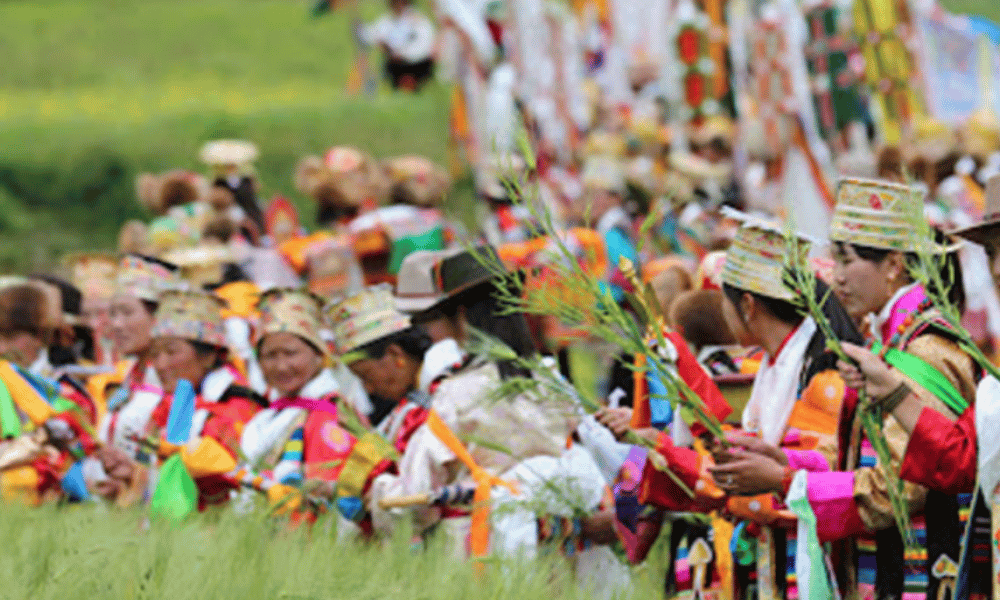
Lhabab Duchen is another important Tibetan Buddhist festival that commemorates the Buddha's descent from the heavenly realm of Tushita, where he had been teaching his deceased mother the Dharma. This event usually takes place in October or November, depending on the lunar calendar. The festival is marked by a variety of religious activities, including prayers, teachings, and merit-making practices, as it is believed that the effects of positive and negative actions are multiplied during this period.
Unique Customs and Practices
-
Ongkor Festival: During Ongkor, farmers participate in a ceremonial procession around their fields, led by a local lama or village elder. They carry sacred texts, images of deities, and prayer flags while chanting prayers and mantras. The festival also includes traditional singing, dancing, horse racing, and archery competitions.
-
Lhabab Duchen: Tibetans celebrate Lhabab Duchen by engaging in virtuous activities, such as offering alms, lighting butter lamps, and reciting prayers. Monasteries and temples hold special teachings and events, while devotees often circumambulate sacred sites and release captive animals as a symbol of compassion.
Importance of Community Participation
Both the Ongkor and Lhabab Duchen festivals emphasize the importance of community participation and connection:
-
Ongkor Festival: By coming together to celebrate and give thanks for the harvest, the community strengthens its bonds and acknowledges the interdependence between people, land, and deities. The festival reinforces the importance of respecting the environment and the role it plays in providing sustenance.
-
Lhabab Duchen: This festival provides an opportunity for the community to come together in pursuit of spiritual growth, reinforcing shared values and beliefs. Through acts of generosity and compassion, individuals contribute to the well-being of their community and help maintain harmony.
By understanding the unique customs and practices of Ongkor and Lhabab Duchen festivals, you can appreciate the significance of these events in Tibetan culture and the importance of community participation in reinforcing shared values and strengthening social bonds.
Horse Racing Festivals: Speed and Agility on Display
Tibet is home to several horse racing festivals, with Gyantse and Nagchu being the most prominent ones. The Gyantse Horse Racing Festival, also known as the Gyantse Damar Festival, is held in the town of Gyantse, generally in June or July. The Nagchu Horse Racing Festival, on the other hand, takes place in Nagchu Prefecture, typically in August. Both events draw large crowds of locals and tourists, who come to witness the spectacular display of speed, agility, and horsemanship.

The Cultural Significance of Horses in Tibet
Horses have played a vital role in Tibetan culture for centuries, serving as essential means of transportation, communication, and even as status symbols. The strong bond between the Tibetan people and their horses is reflected in their art, literature, and folklore. Horse racing festivals not only showcase the incredible skills of the riders and their horses but also celebrate the deep connection between the people and these magnificent animals.
Equestrian Events and Competitions
During the horse racing festivals, various equestrian events and competitions are held to test the abilities of both the riders and their horses:
-
Speed races: Riders compete in high-speed races across vast plains, showcasing their horses' incredible speed and stamina.
-
Horseback archery: In this traditional event, riders display their exceptional archery skills while maintaining control of their galloping horses.
-
Trick riding: Skilled riders perform a variety of daring acrobatics and stunts on horseback, demonstrating incredible agility, strength, and coordination.
-
Yak racing: In some instances, yak racing is also featured as a part of the festivities, offering a unique spectacle for the audience.
Entertainment and Folk Performances
Horse racing festivals in Tibet are not limited to equestrian events; they also feature a variety of entertainment and folk performances:
-
Traditional music and dance: Locals gather to perform traditional Tibetan songs and dances, wearing colorful costumes and vibrant accessories.
-
Tibetan opera: Performances of the Tibetan opera, known as Lhamo or Ache Lhamo, narrate ancient folktales and historical events, combining drama, music, dance, and elaborate costumes.
-
Food and handicrafts: Festival attendees can enjoy a wide array of traditional Tibetan foods and purchase local handicrafts, providing a unique opportunity to experience the rich Tibetan culture.
By attending horse racing festivals in Tibet, such as the Gyantse and Nagchu events, you can immerse yourself in the region's unique cultural heritage, appreciate the significance of horses in Tibetan society, and witness breathtaking displays of speed, agility, and horsemanship.
Importance of festivals in Tibet
Festivals in Tibet hold great importance for various reasons, encompassing religious, cultural, social, and economic aspects. Here are some of the key reasons why festivals are significant in Tibet:
-
Religious Significance: Festivals in Tibet are deeply rooted in Buddhism, which is the predominant religion in the region. These events often commemorate important events in the lives of the Buddha or other significant religious figures, providing devotees with opportunities for spiritual growth, merit accumulation, and blessings.
-
Cultural Preservation: Festivals serve as a means of preserving and promoting traditional Tibetan culture, art, music, dance, and customs. By participating in these events, Tibetans ensure that their unique heritage is passed down through generations and shared with visitors from around the world.
-
Social Cohesion: Festivals bring together communities, fostering social bonds and reinforcing shared values and beliefs. These events provide a platform for people to interact, exchange ideas, and strengthen their connections, contributing to social harmony and unity.
-
Economic Benefits: Festivals in Tibet attract both local and international tourists, providing a boost to the local economy. They generate revenue through the sale of food, handicrafts, and other goods, as well as through the provision of accommodations, transportation, and guided tours. This increased economic activity supports local businesses and artisans, contributing to the overall well-being of the region.
-
Entertainment and Celebration: Festivals offer a chance for people to come together and enjoy themselves through music, dance, and various activities. They provide a much-needed break from daily routines and allow individuals to celebrate life, connect with others, and immerse themselves in the vibrant atmosphere of the event.
Festivals in Tibet are crucial for religious devotion, cultural preservation, social cohesion, economic development, and entertainment. They offer a unique opportunity for locals and visitors alike to experience the rich and diverse heritage of this extraordinary region.




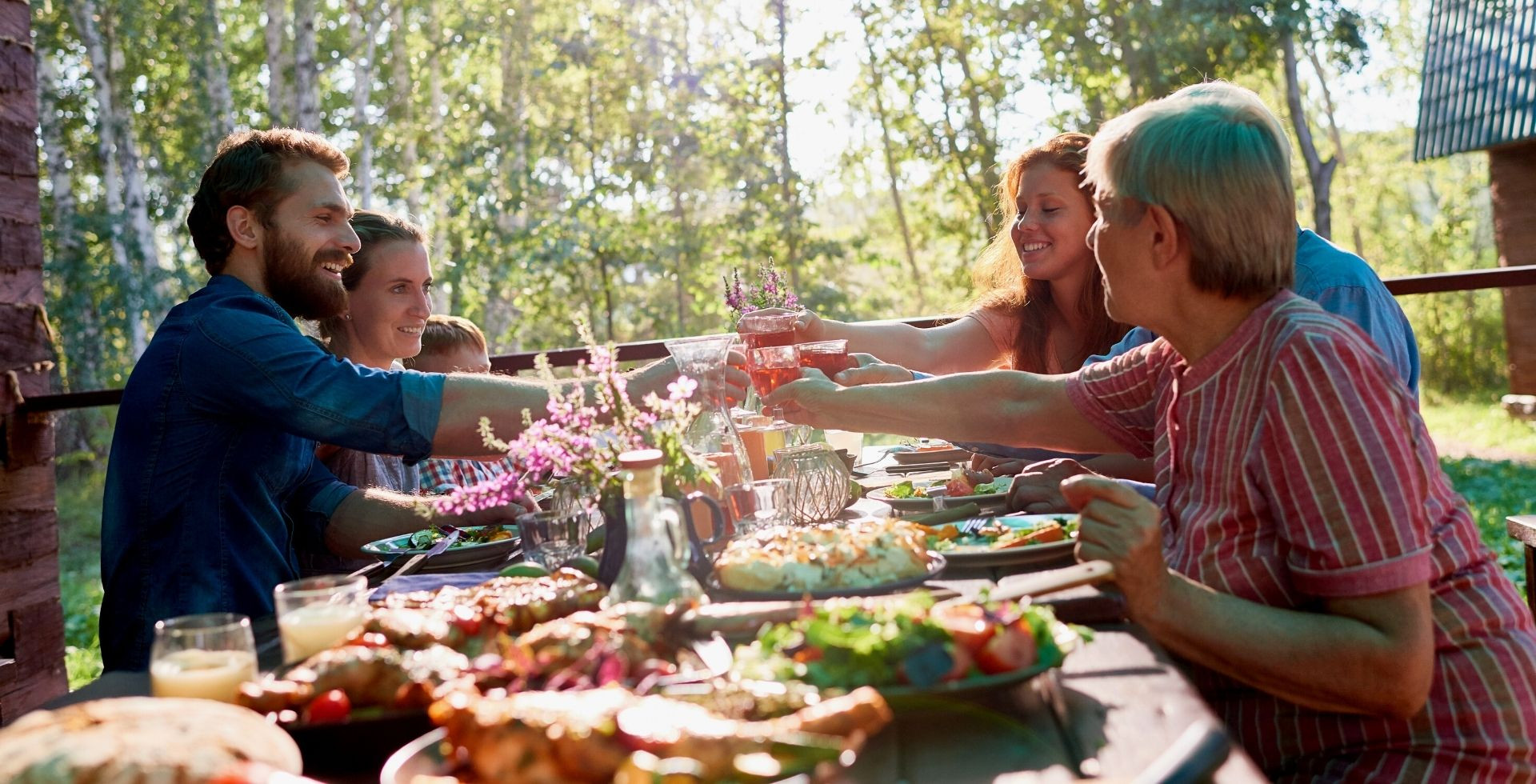

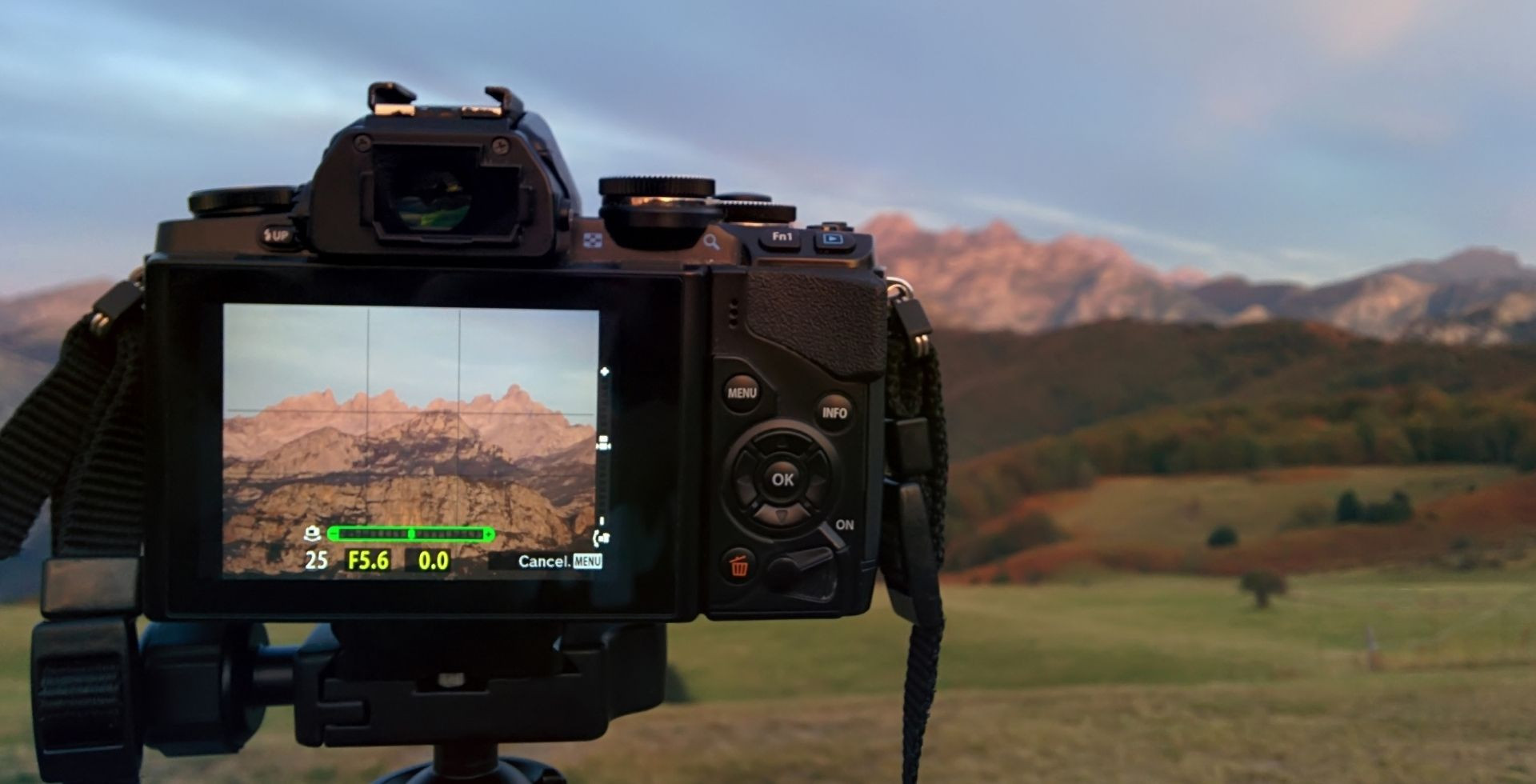

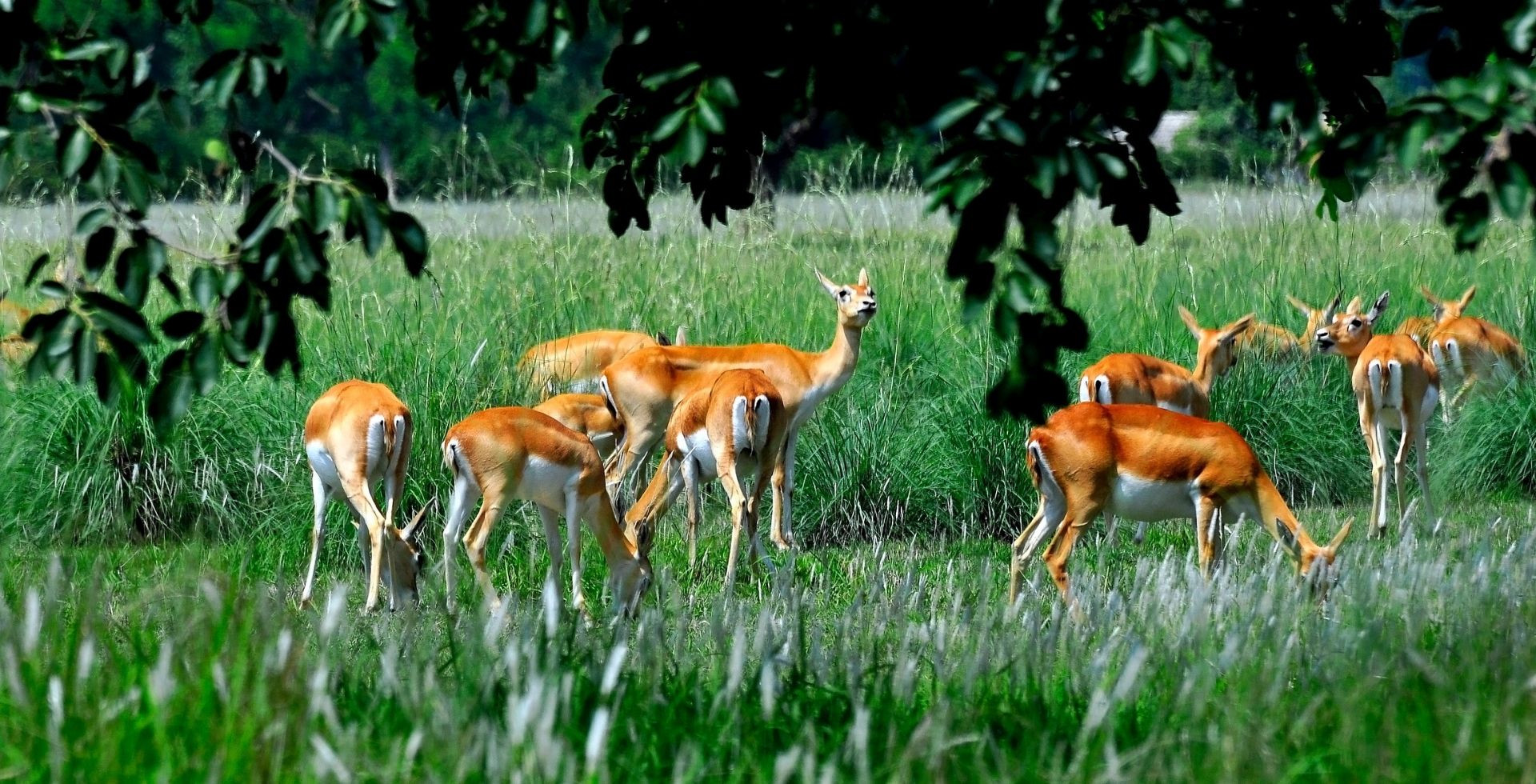
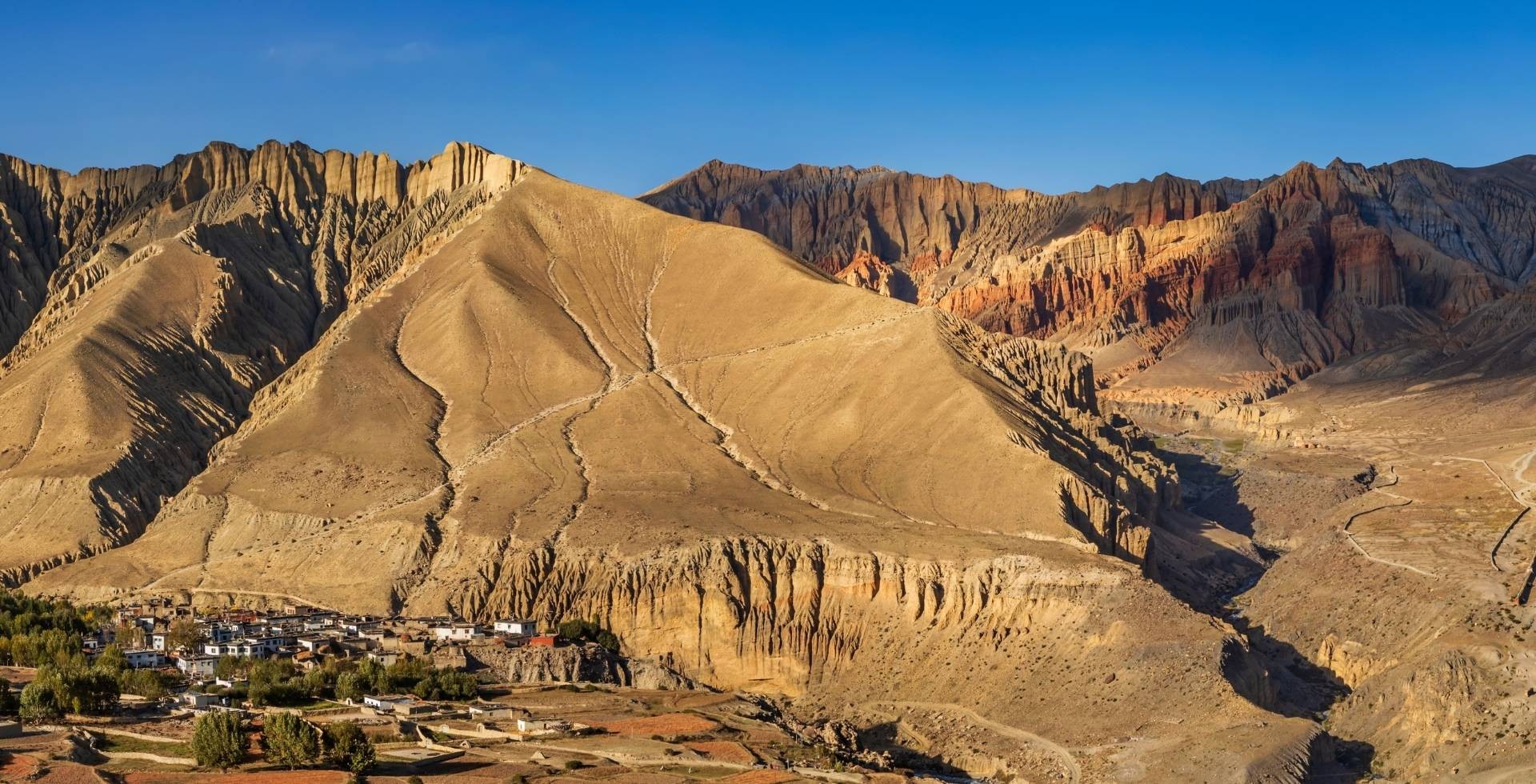

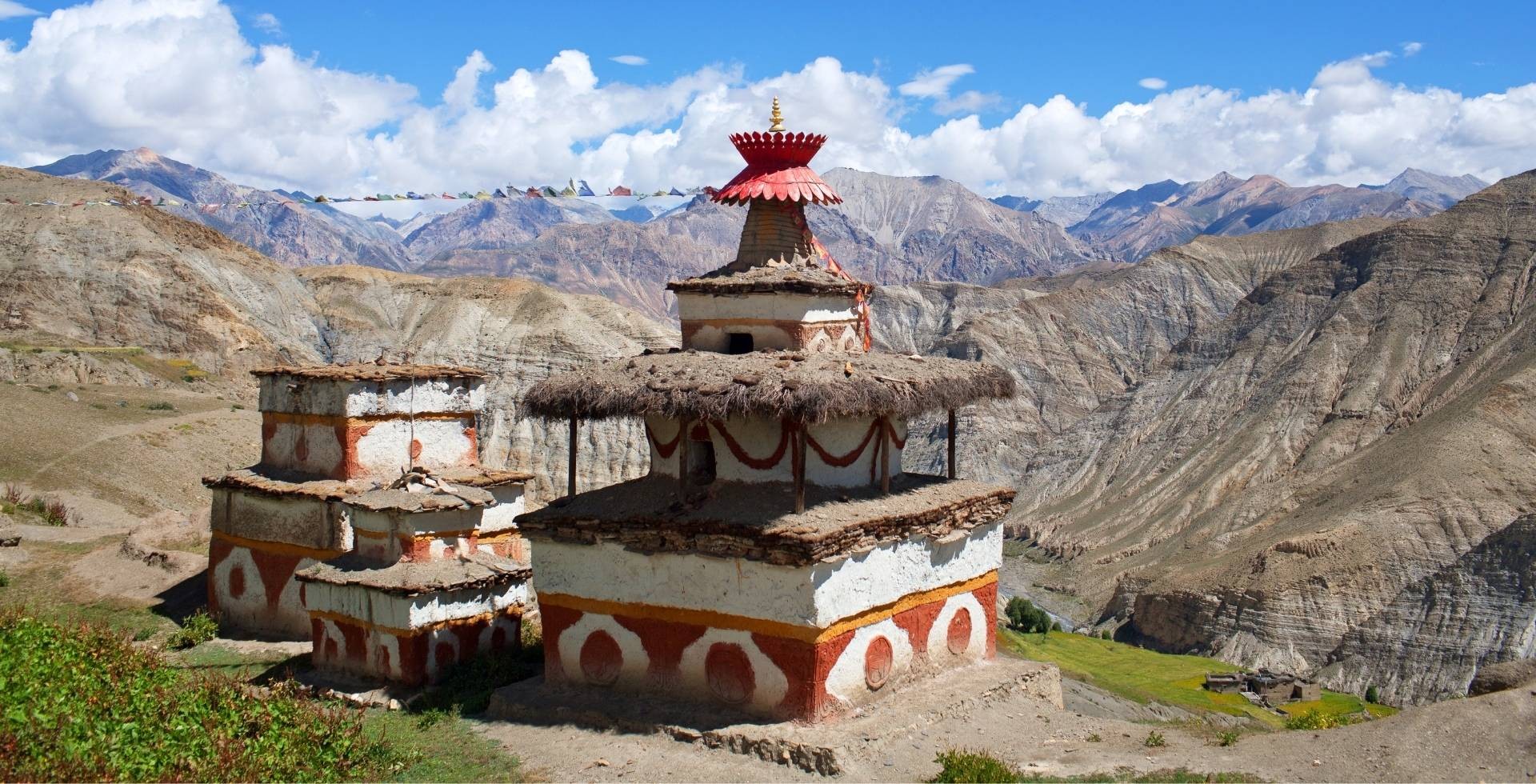
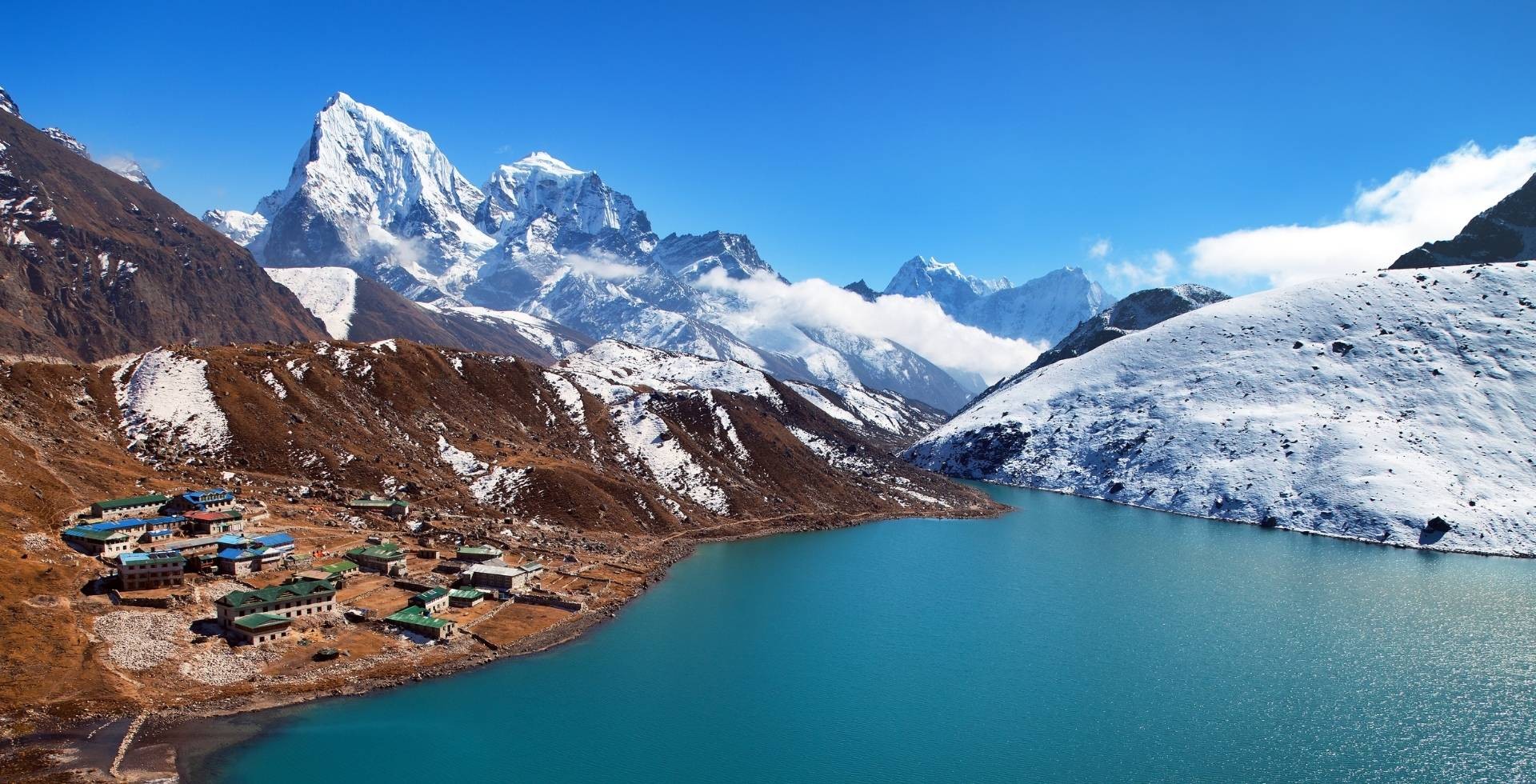

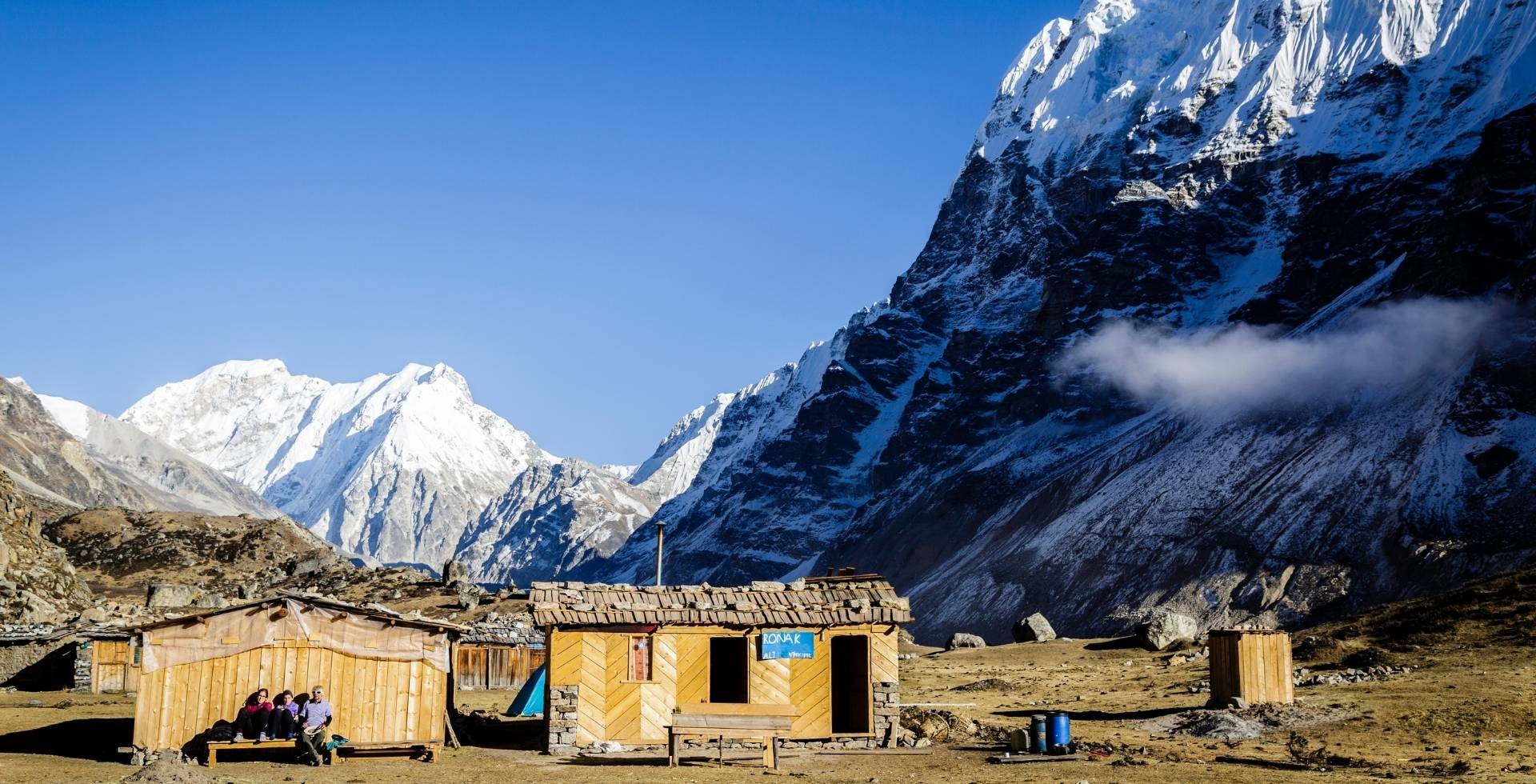
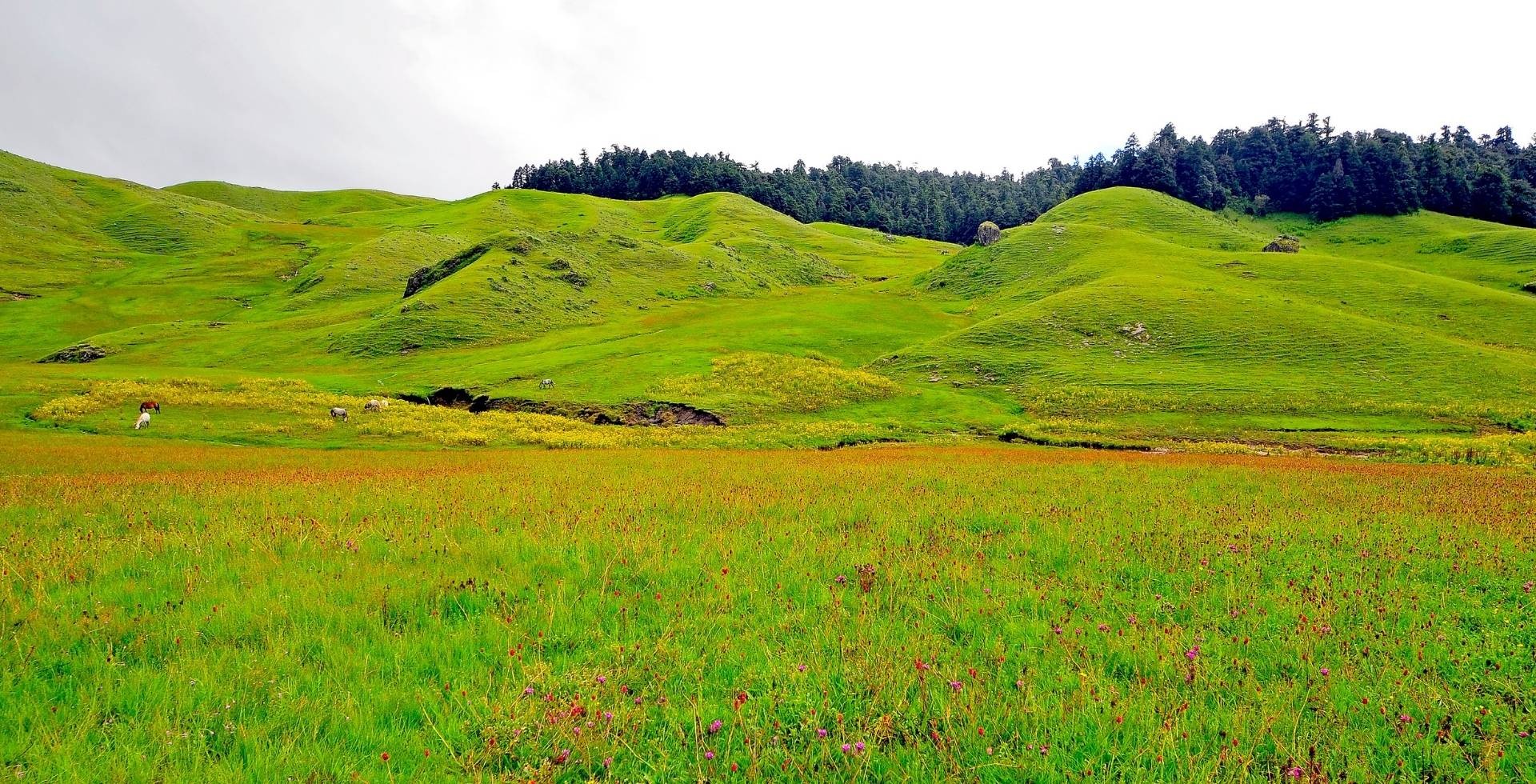
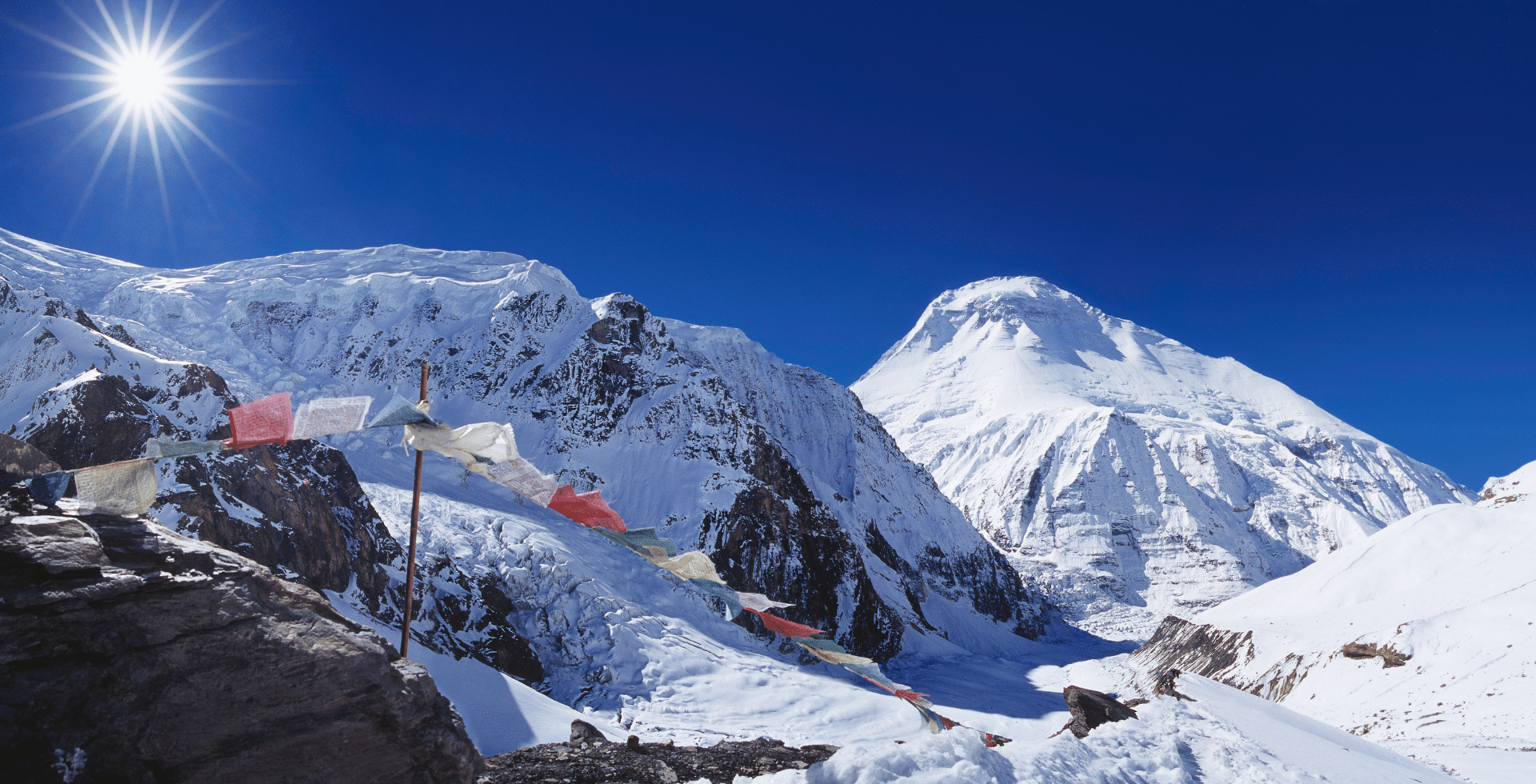
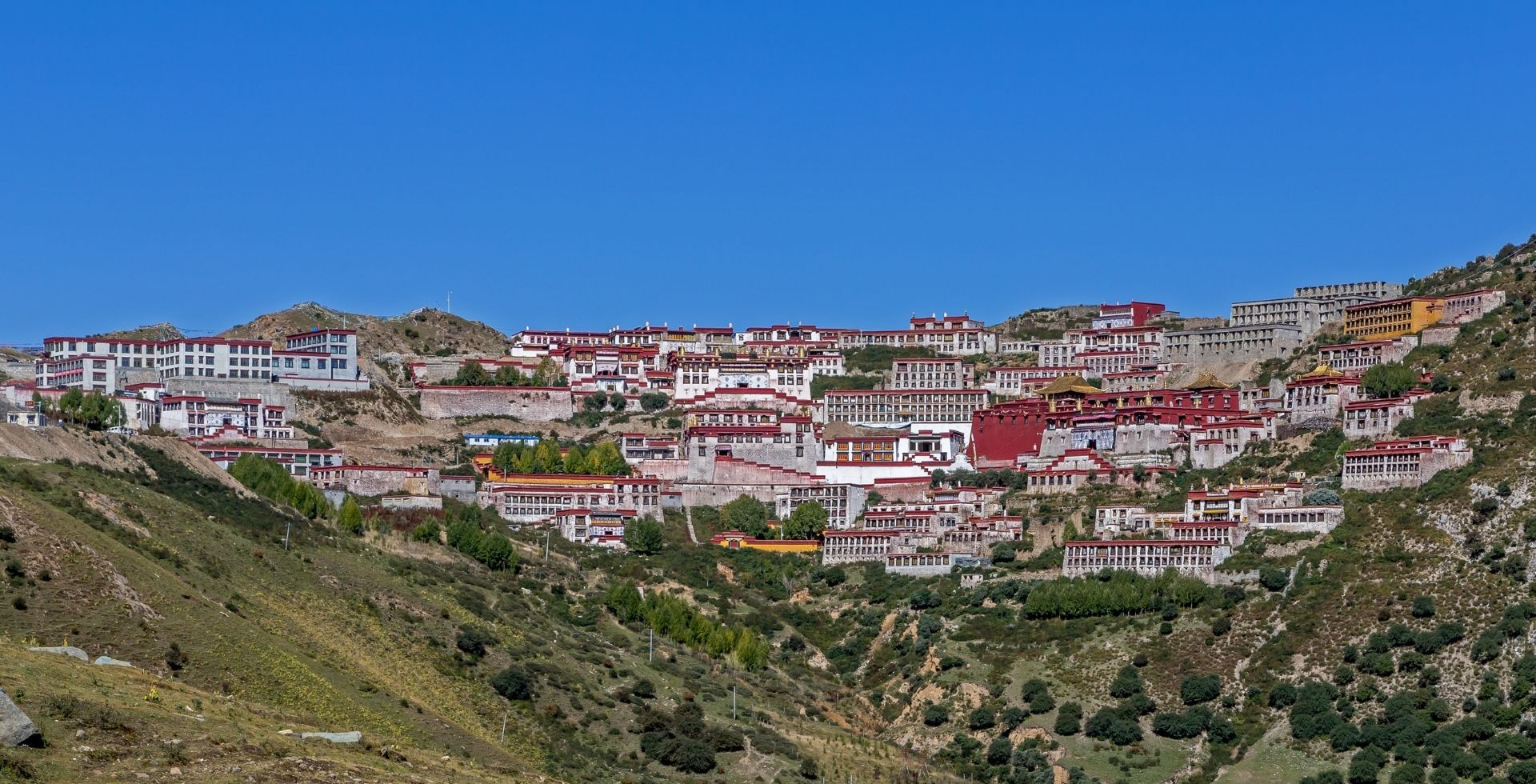
 Kiran Neupane
Kiran Neupane